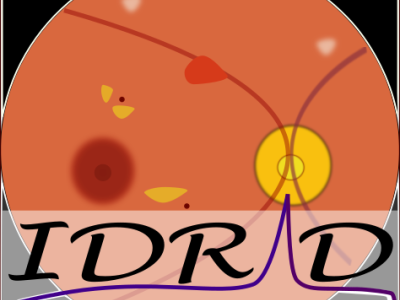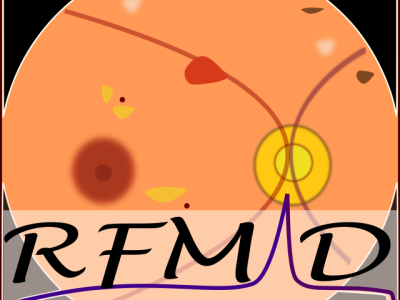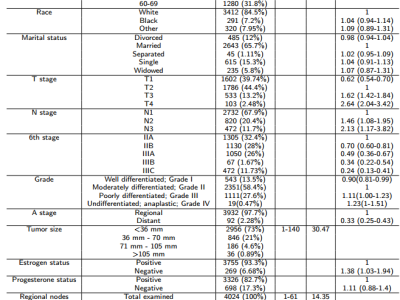Near Field Radio-Frequency Electromagnetic Field Exposure of a Western Honey Bee

- Citation Author(s):
- Submitted by:
- David Toribio
- Last updated:
- DOI:
- 10.21227/pdn3-xx04
- Research Article Link:
 122 views
122 views
- Categories:
Abstract
It has been suggested that the wireless network evolution to smaller carrier wavelengths (from 2G to 5G) increases radio-frequency electromagnetic field (RF-EMF) absorption in Western Honey Bees (Apis mellifera). It is unknown whether the radiation performance of antennas is stable when an insect appears in their vicinity. In this research, the absorbed power in a worker honey bee and the influence of the bee's presence on antennas' radiation performance is investigated for the newly used frequencies in 5G networks, from 6-240 GHz. To these aims, numerical simulations using the finite-difference time-domain method were performed, in which a bee model, obtained by micro-CT scanning, was employed. These simulations showed that in the near field, the absorbed power can increase by a factor of 53, from 6-240 GHz. This is a factor of 7 higher than the increase reported in the far field, in previous studies. Furthermore, the simulations revealed that antennas' radiation efficiency can decrease by up to -40 % when a bee appears in the near field. Likewise, it was found that the gain pattern depends on the separation distance between the bee and the antenna, with a stronger dependency for higher frequencies.
Instructions:
The matlab functions and workspace to replicate the images in the paper are added in this data set.
In order to replicate the images in the paper, the script “nfplots.m” and the workspace “nfplots.mat” should be opened in MATLAB. “nfplots.m” is divided into sections: absorbed power as a function of orientation, antenna parameters as a function of distance, absorbed power as a function of distance, absorbed power as a function of frequency, gain, vertical slices and horizontal slices. To create the images related to these sections, click on the section, and press ctrl+r.






